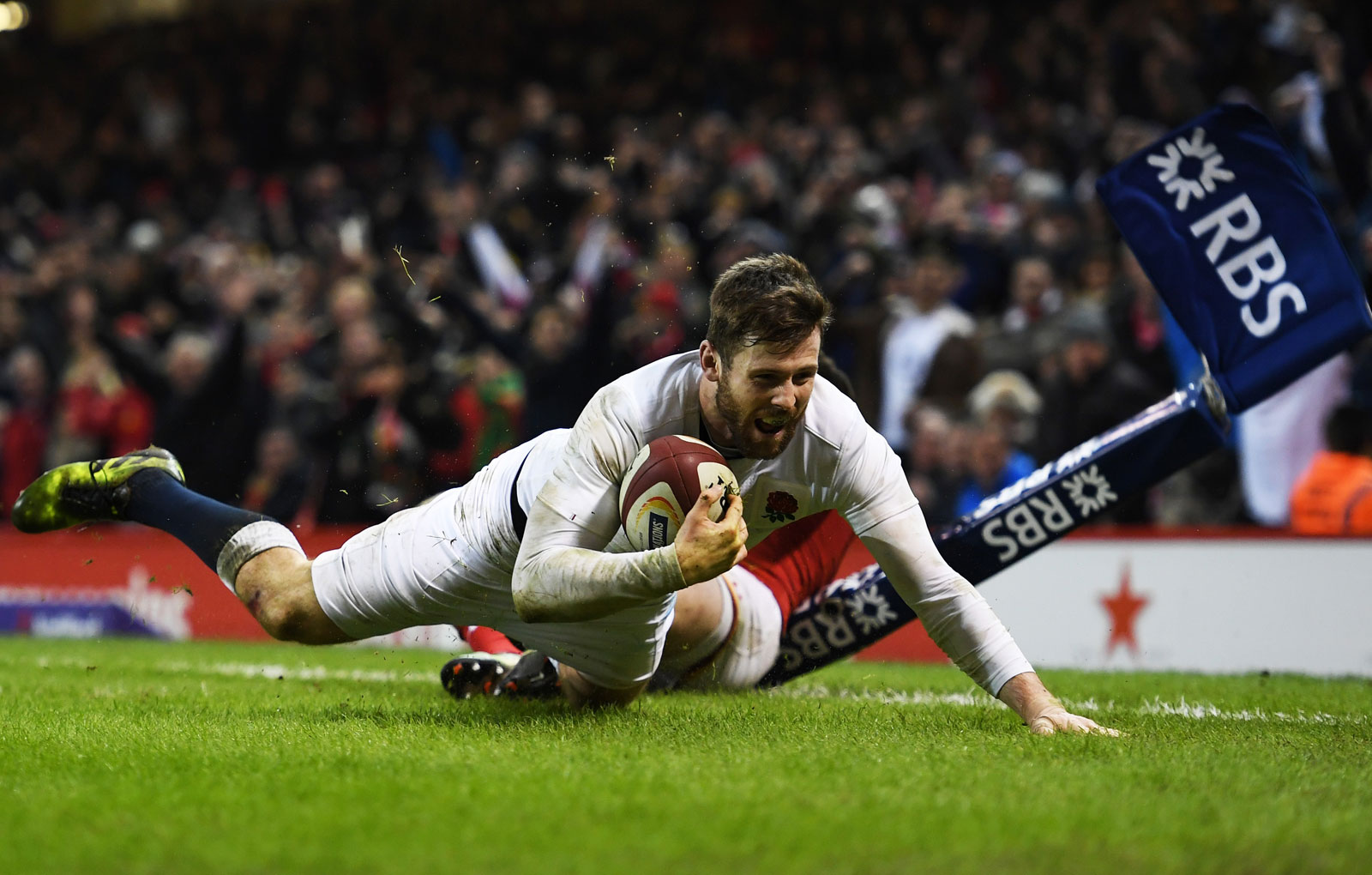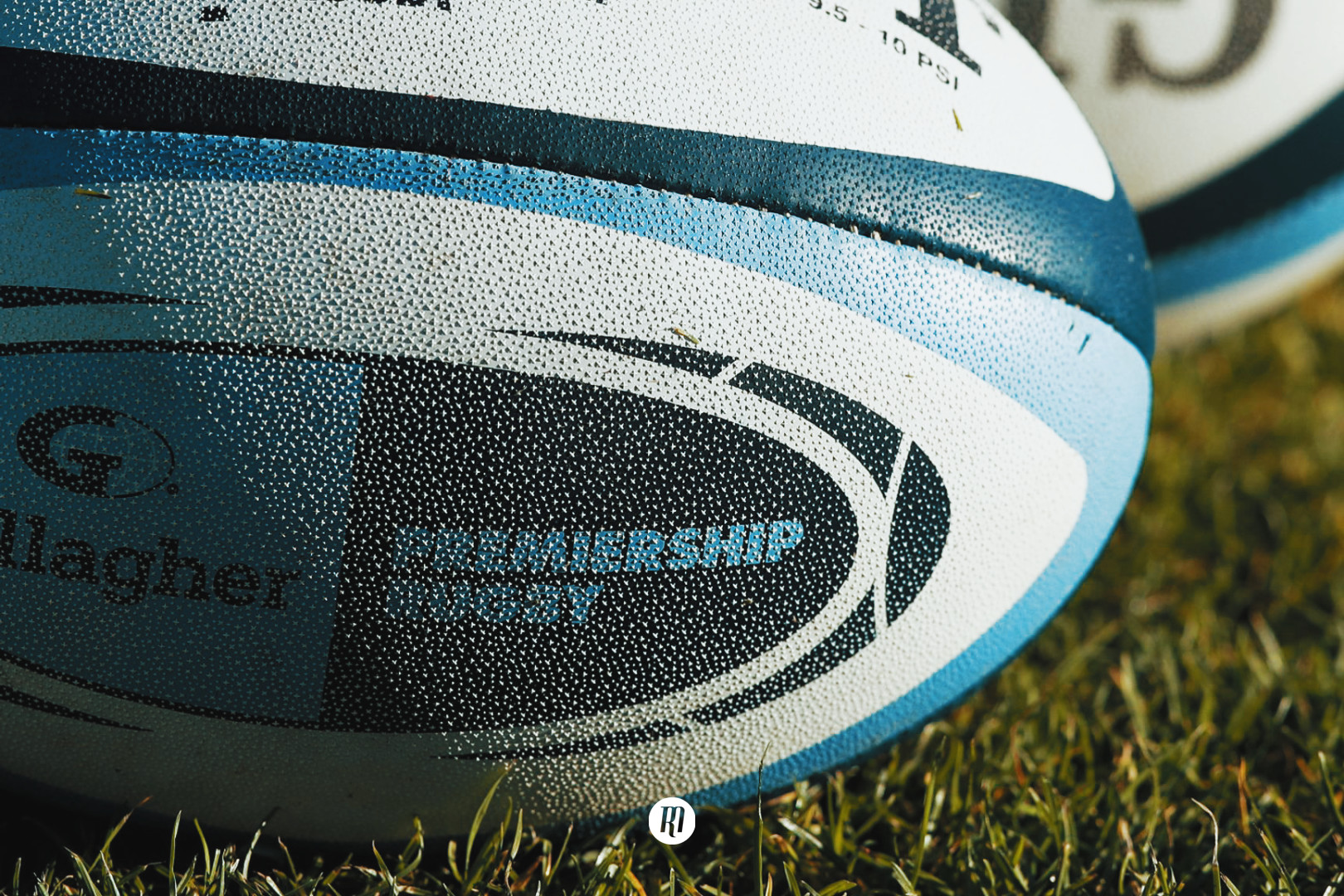Match Analysis: Wales v England
A try in the dying moments of the game gave England a victory over Wales in a match that neither side ever really had control of. Dogged defence, hard work at the breakdown and plenty of mistakes made this one of the greatest fixtures in Six Nations history. Join us as we take a look at the key areas that defined the outcome of the game.
England and Wales went up against each other for the 130th time, and it turned out to be one of the tightest and most dramatic games in the history of the Six Nations. Resolute defence, failed decisions, and mistakes meant that neither side managed to get a strong hold on the match, and it remained in the balance throughout. Neither team ever led by more than five points.
Wales will definitely feel hard done by, it’s perhaps some of the best rugby they have played for a long time, but it is testament to this England side that they can play, by their standards, poorly, and still come through the game with a win. They proved once again why they have now gone 16 games without defeat; resilience, an absolute dogged determination, and a togetherness that is growing game by game.
Wales Team Selection
Rob Howley brought in Rob Evans and Tomas Francis in the front row to replace Nicky Smith and Samson Lee, as well as Alex Cuthbert for George North, who was unable to recover from a dead leg in time. Ross Moriarty started again at 8 and would go up against Jack Clifford, Maro Itoje and Jack Nowell, who he played with for England when they beat Wales in the final of the U20 World Cup in 2013.
Wales would be looking forward to the challenge at the breakdown, and with Warburton and Tipuric starting on the flanks, they would go into the game with the upper hand in the back row.
England Team Selection
England would be looking to up the intensity after a slow performance previously against France, and the biggest talking point for the England side was the inclusion of Jack Clifford at 7 instead of Tom Wood. Given the strength of Wales’s back row, it was a big call on Eddie Jones’ part to start the game with such inexperience.
Other than Clifford, and the returning Jack Nowell filling Jonny May’s berth, England kept the same side that started against France last week. Jones would also be hoping that Haskell and Te’o would be able to make the same big impact when coming on from the bench as they did against France.
Defence
Both teams maintained a huge level of intensity in defence, but both operated in very contrasting ways. It was clear that England did not contest the breakdown, relying on their quick line speed and strong tackling to keep Wales at bay, which they did with superb efficiency. Wales on the other hand did compete at the breakdown, and were very effective at stealing the ball in the tackle. They recorded eight turnovers over the course of the game to England’s two.
One of the key areas where England would have liked to find some ascendancy was the ball carrying ability of Nathan Hughes. He was well shut down last week against France, and while he has perhaps found the step up to international rugby a big one compared to his time in a Wasps shirt, he has been slowly maturing. As well as being a big ball carrier in a similar mould to Billy Vunipola, he is a slightly more all-round player, with an intelligent mind. However, he lacks the sheer weight that Vunipola can bring to the team going forward.
Time after time when he received the ball he was knocked back by the Welsh defence, and Moriarty was in amongst the thick of it for the most part, but it was his back row partners that shouldered the brunt of the English attack, with Warburton and Tipuric making 18 tackles each.
On balance, neither team really outshone the other in defence, but when England opened their attacking game up, it appeared to ask more questions of Wales’ defence than Wales did England's when they were going forward.
Attacking Style
Two contrasting attacking styles were on display throughout the game too, and it was clear early on how each team had set up to play. In the opening half an hour, England controlled the game. George Ford’s distribution was key, but with players working hard off the ball, he always had two or three options to choose from, allowing him to open the game up where he could; forwards started wide and came back inside off his shoulder; Farrell brought himself up to the gain-line slightly wider to offer an option; Joseph held back behind these front runners to offer an option through which the ball could go wide. Ford’s vision ensured England could capitalise on the state of the Welsh defence at any given time.
On the 16 minute mark, and after going through 26 phases and varying their attacking focus, there was a real feeling of inevitability to England’s building pressure, and when Ben Youngs crashed over for their first try, there was a sense that this could well be England's day.
A key aspect of England’s fixture against France though was their lack of precision, and this carried over into the game, with errors costly for the visiting side. Combine these with the hard work Wales performed in the tackle and the breakdown, and England could never really get the hold on the game that might have allowed them to pull away early on.
This played into Wales’ hands, and allowed them the opportunity to clear their lines and get the ball in hand. They rarely played for position, and opened the game up more than they have done previously by focusing on pods of forwards taking the ball into contact and drawing defenders in, before spreading the ball wide.
Were it not for some exceptional English defence, they might have gone over sooner. Before they did however, there were some big calls that given the result will potentially be talking points for sometime.
Decisions and Mistakes
Come the 27th minute, Wales won a penalty for an illegal turnover on the England line, and rather than opting for a kick at goal, which would have seen them take the lead, Alun-Wyn Jones decided to take the scrum. Wales were unable to convert their territory into points, with their front row collapsing under the pressure of the England scrum and conceding the penalty.
Minutes later and Wales won a penalty when England were offside after a box-kick. Again, they spurned the posts, choosing to go for the corner; again they missed the opportunity when they knocked on at the line out.
Given that Wales had been building momentum up until this point, taking the three points, regaining possession and starting again would have seemed like a sound strategy, but they did at least manage to convert their pressure into points when Liam Williams ran in a training ground try three minutes before the close of the first half.
Hidden by the advancing Webb, Williams ran through the gap created by the obtuse angle of run from Scott Williams. That run pulled Farrell onto his right foot and opened up the space between him and his centre partner Jonathan Joseph, who looked helpless as the scene unveiled itself before his eyes.
The first half closed with both sides having enjoyed extended periods of momentum, though neither had been able to exert this pressure into meaningful points.
The second half continued in a similar fashion, mistakes stopping either side getting any real grip on the game. It was perhaps telling however that despite Wales having the better of the first 15 minutes of the half, it was England who came away with points, Owen Farrell kicking a penalty after Wales came in from the side.
By 70 minutes, further penalties from Halfpenny and Farrell had brought the score to 16-14 in Wales’ favour, but it was perhaps England’s fitness that shone through in the closing stages; their defence still maintaining a quick line speed, and their tackles dogged.
Further mistakes only added to the tensity of the closing stages; Alex Cuthbert lost the ball in the tackle and Ford cleared downfield. The ball overran the try line and Wales had a 22. England fielded the ball and looked intense in their attack, Te’o and Haskell both driving through the defence, and but for a loose pass from Kyle Sinkler five metres from the try line, they might have worked themselves a try. Wales collected the loose ball, and set themselves for the clearance.
For some inexplicable reason however, Jonathan Davies didn’t clear the ball to touch. Wales had committed number to the breakdown, and their tired legs struggled to move up and out to pressure the advancing George Ford, who spread the ball wide to Owen Farrell. He took the ball up the line and drew Jamie Roberts in before providing a flat, leading pass that helped Elliott Daly past Alex Cuthbert. A footrace pursued, and Daly highlighted his swiftness, scoring in the corner.
Credit must go to Wales though. After winning the ball back form the kick off, they continued to play with a ferocious passion, edging closer and closer to the English line. It was all for naught however; Jonathan Davies took the ball into contact, and Kyle Sinkler quickly got over the top. Davies was pinged for holding on.
Conclusion
Wales played at their very best, producing a defiant and passionate display, but it was ultimately a deserved victory for England. That said, neither team deserved to lose. England's defence held firm against a continuous Welsh onslaught, and had they been more clinical in attack, they might have opened the game up in the first quarter, and stemmed some of the Welsh momentum around half time.
The effectiveness of Wales at the breakdown helped stifle some of England’s attack when England did move forward with accuracy, but they never looked as decisive going forward themselves. Their front five made yards at the gain-line and they built some good momentum, but they never looked as incisive as England did with the ball in hand.
England have now extended their unbeaten run to 16 games, and with more accuracy in their attack and victories in their remaining three fixtures, they could break New Zealand’s record of 18 on the trot.
Wales on the other hand go to Murrayfield in the next round to play an ever improving Scottish team. Given Scotland’s defensive display in their victory over Ireland, they will need to expand their attacking options if they are to come out of the game with a win.

Filed under:
Six Nations, Match Analysis, England, Wales
Written by: Edward Kerr
Follow: @edwardrkerr · @therugbymag




